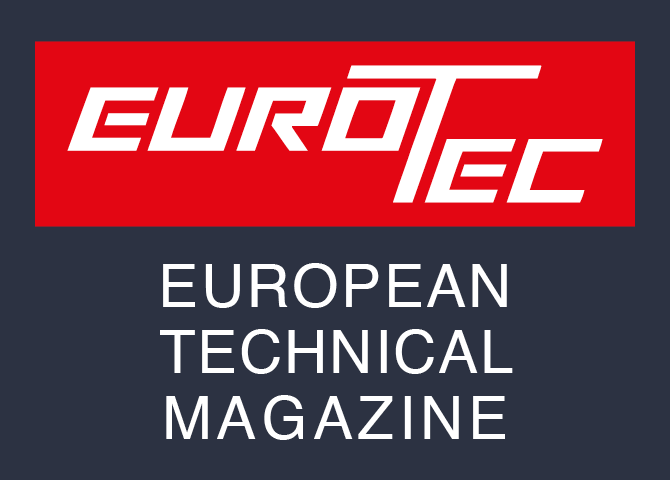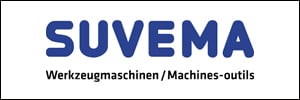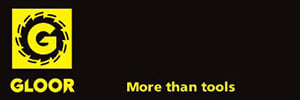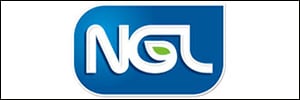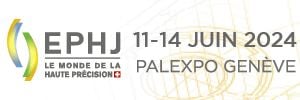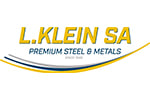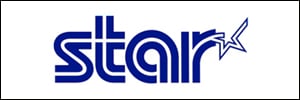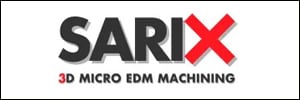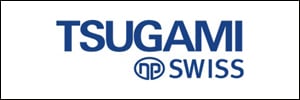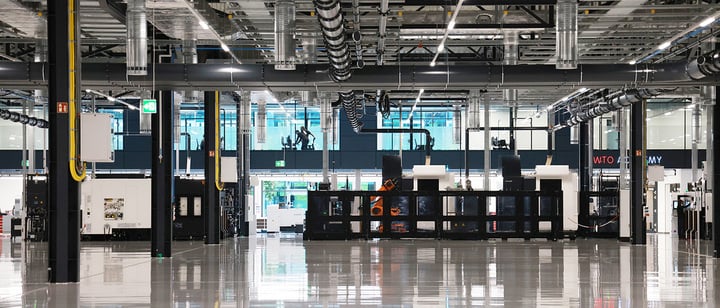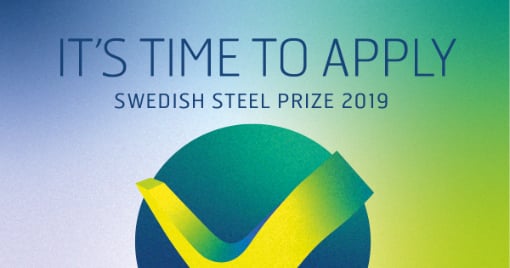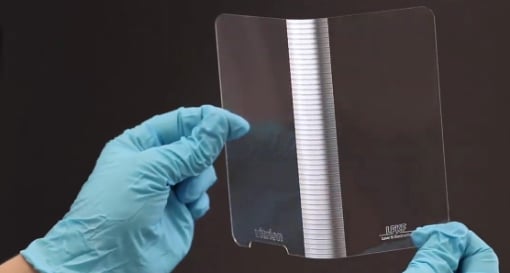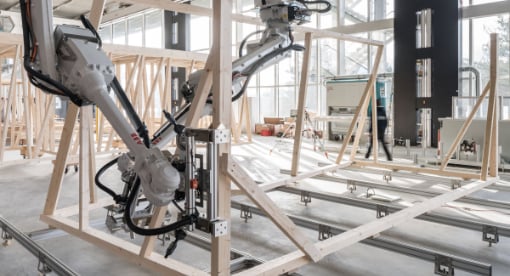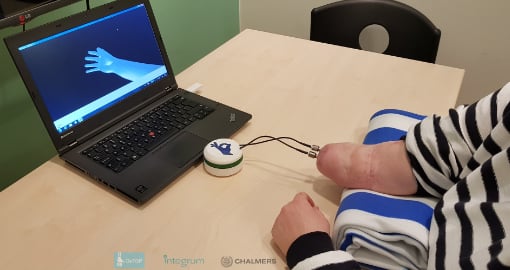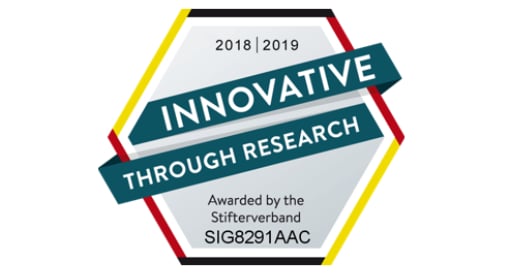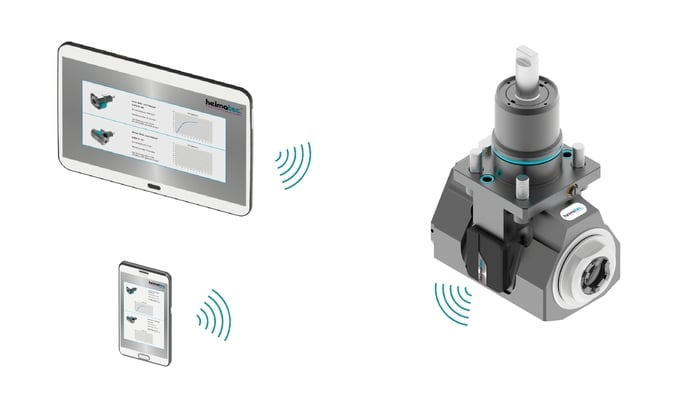Networking, self-organistion and flexibility will be some of the main innovation topics of exhibitors at AMB, International Exhibition for Metal Working, in Stuttgart from 16 to 20 September 2014. This is not a vision, but already reality in the SmartFactoryKL.

One important aspect is the user-friendly design of the operating systems. The researchers in the Technology Initiative in Kaiser-slautern have developed a research and demonstration system for the factory of the future. Prof. Dr. -Ing. Dr. h.c. Detlef Zühlke, Chairman of the Board of Management of SmartFactoryKL, on the integration of equipment and applications from consumer electronics in the factory world:
Professor Zühlke, what are the most significant differences between a factory now and in the future? Today’s factory is characterised by hierarchical control structures with a strong horizontal structure. The sensors and actors at field level are connected by signal lines or field bus systems to stored program controls (SPCs) or NC control systems. These in turn are coupled together via field bus systems. Engineering of these systems is highly signal-oriented and hardware-dependent. In the future world of "Industry 4.0" all elements will become smart network nodes which will be interconnected via a standardised network without any hierarchy. This means that every sensor, every actor and every SPC can communicate with other members of the network both horizontally and vertically.
What will this means for metal cutting? If we use corresponding standards such as TCP/IP, OPC Unified Architecture or Web-services for this purpose, we will create hardware independence in the engineering process and allow dynamic system configurations based on the well-known "plug ’n play“ principle. Not only can this new architecture be used at the system level, it could also be utilised in machine tools. The internal drive circuit will certainly be operated there closed at first, for example with Sercos (Serial Realtime Communication System), the worldwide standardised digital interface for communication between control units and field bus nodes. However, the large number of peripherals such as tool and pallet changers, tool monitoring and swarf and coolant handling could be integrated as smart bus nodes in a TCP/IP machine network. This would make configuration and reconfiguration much easier.
How can modern communication media such as smartphones, tablets, Google Glass, etc. support this development? These smart everyday technologies are already very important. They offer us reliable, cheap and especially mobile access to machine data. The machine operator can always search for his interaction technology so that it ideally supports him. This will become especially clear in the area of repair and maintenance. We can now identify machines or their parts at mini-mum expense using an integrated camera, retrieve operating and maintenance data from the camera and download the latest documentation. This will boost efficiency substantially.
To be discovered more in detail in the next AMB.
www.messe-stuttgart.de/en/amb/
.

.
...brought to you by Eurotec-Online.com
